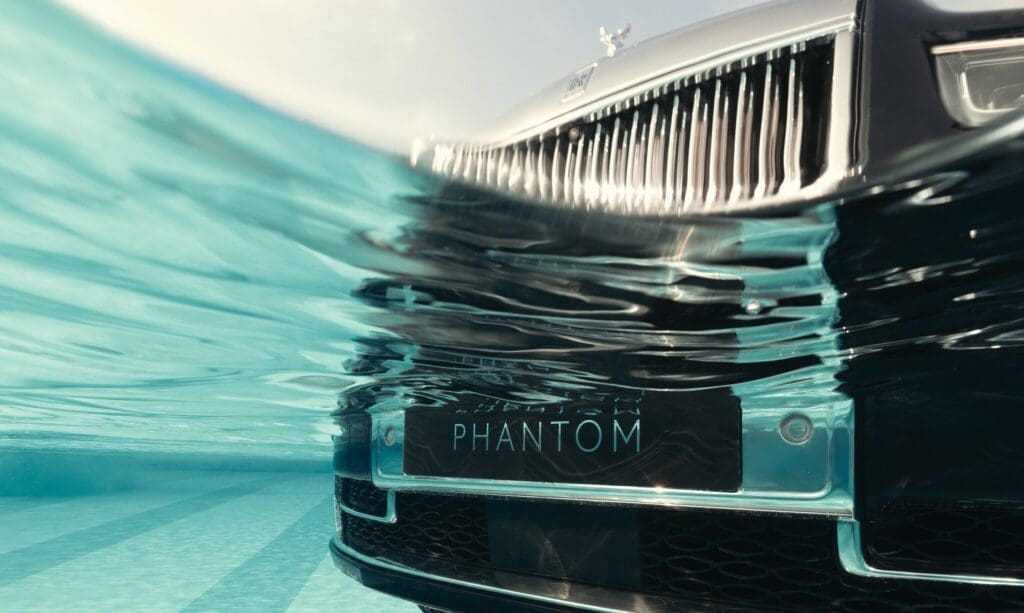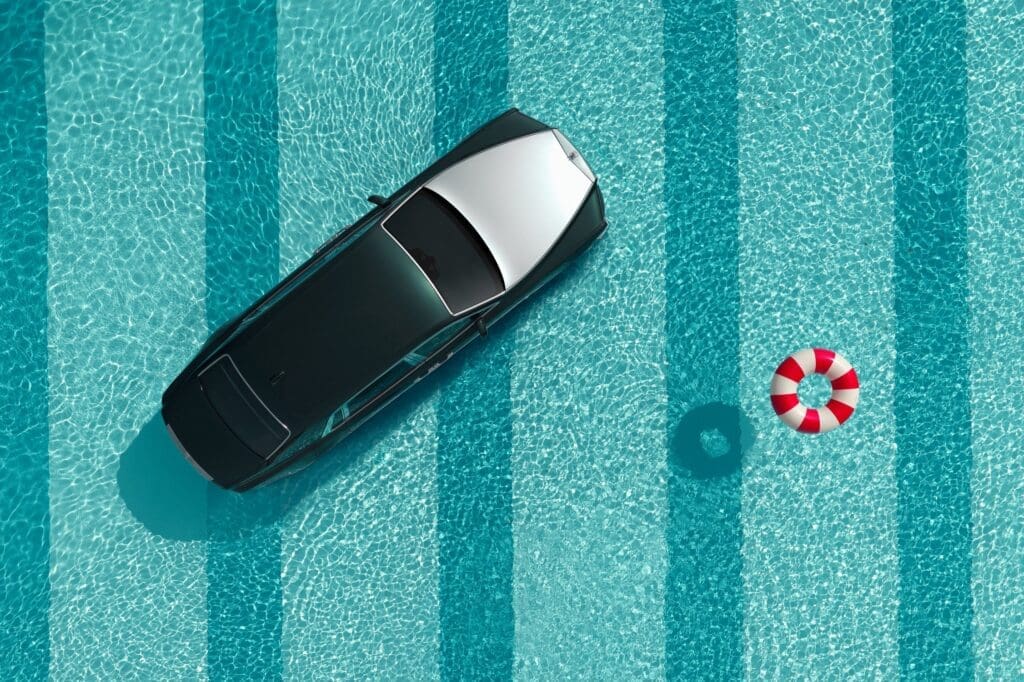A century in, Phantom remains the ultimate backstage pass. It has ferried Marlene Dietrich to set, soaked up Elvis’s late-night inspiration, wore John Lennon’s rebellion in psychedelic paint and glittered under Liberace’s spotlights. That cultural gravity is not nostalgia. From Snoop Dogg’s Drop It Like It’s Hot to the recurring “stars in the roof” lyric, Phantom still positions itself as the icon that icons choose.

Presence is Phantom’s first instrument. The Pantheon grille and polished plane of bonnet are as much a proscenium arch as they are design elements. The proportions are stately but uncluttered, with just enough sculpture in the flanks to catch light like a stage gel. It can also be a polarising sight. In an age of stealth wealth, Phantom opts for overt theatre. The paint can be restrained or riotous, and history shows the extremes are part of the story. Lennon’s yellow, hand-painted Phantom V scandalised Piccadilly. Liberace’s mirrored Phantom V turned arrival into performance. Today, the modern car’s “Gallery” across the dashboard invites owners to curate art behind glass. Phantom is not just a canvas, it is a frame.

Close the coach door and the temperature drops a few degrees, as if someone shut a studio door. That hush is the brand’s real luxury. Thick carpet, leathers like a well-worn jacket and that famous Starlight Headliner make the cabin feel curated rather than trimmed. Rear seats are for conversations that matter. Historically, musicians have treated Phantoms like rolling green rooms, from Elvis’s in-car microphone and writing pad to Lennon’s turntable and TV. The current car leans into that spirit with near-silent isolation and bespoke audio tuned to the owner, whether your reference is Abbey Road or Atlanta
Phantom is not built to be quick, it is built to be calm. The twin-turbo V12 turns torque into glide, wafting away from junctions with a clean, unhurried push. Steering is light and patient, rear steer helps it pivot more neatly than its size suggests, and the ride feels like a fader gently pulled down on the outside world. It is a visceral experience precisely because it removes sensation. You hear less, you feel less, you arrive collected. In an era of lap times, that restraint is a kind of decadence. The flipside is obvious. A V12 that quiet is still a V12. Efficiency figures are museum-piece numbers, and some will find the spectacle out of step with the mood music of sustainability.

Phantom’s most enduring trait is its talent for being relevant to whatever the zeitgeist demands. In the 1930s it was the Hollywood limousine. In the 60s it became a rebuke to tradition, painted loud by artists who wanted to be seen on their own terms. In the 2000s it reemerged from Goodwood and found its way into hip-hop’s visual and lyrical language, becoming the name-check of choice and making the Starlight Headliner a poetic shorthand for success. Rolls-Royce knows this and has a sense of humor about it. To honour the Keith Moon pool myth, the company recently parked a retired Phantom body in a seaside lido for a photo, acknowledging that legends sometimes need a nudge toward reality.
A century on, Phantom still makes its presence felt without raising its voice. It remains the car that turns a journey into an entrance and a cabin into a calm, creative headspace. You can question its scale and its appetite, but you cannot deny its clarity of purpose. The world’s most famous musicians did not buy Phantoms to drive faster or farther. They bought them to be more themselves. That is the car’s enduring magic, and why the guest list keeps renewing while the soundtrack changes.
Read more about motors here.